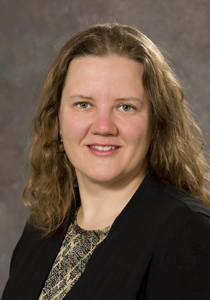Program Information
Accuracy and Precision in Cranial Radiosurgery

T Bichay
S Dieterich
D Schlesinger
T Bichay1*, S Dieterich2*, D Schlesinger3*, (1) Saint Mary's Health Care, Grand Rapids, MI, (2) UC Davis Medical Center, Sacramento, CA, (3) University of Virginia Health Systems, Charlottesville, VA
TH-B-105-1 Thursday 9:00AM - 9:55AM Room: 105Cranial radiosurgery has developed as a highly accurate treatment procedure for relatively small lesions. There is much discussion in the literature as to what degree of accuracy is possible when the treatment system is evaluated as a whole; including cranial fixation, localization, imaging, registration, contouring, dose calculation, etc. This is now commonly referred to as the end-to-end (E2E) test. The now-dated AAPM report 54 (1995) suggested that the total uncertainty can reach 2-3 mm. However, many newer publications suggest a much tighter tolerance is achievable. This discussion will focus on the strengths, and weaknesses of well-established cranial radiosurgery systems including Gamma Knife and CyberKnife, as well as linac-based systems. The typical, and maximum accuracy of each system will be presented including benefits of mask immobilization and invasive ring fixation.
The intent of these presentations is to outline the current state of cranial radiosurgery, and review relevant technologies that have improved our treatment accuracy. Limitations that still persist at this point will also be outlined and reviewed.
Learning Objectives:
1. Advantages of various radiosurgery technologies.
2. Limitations of various radiosurgery technologies.
3. Main hurdles in achieving sub-millimeter treatment accuracy.
4. Overall treatment accuracy assessed by E2E testing.
Contact Email:



